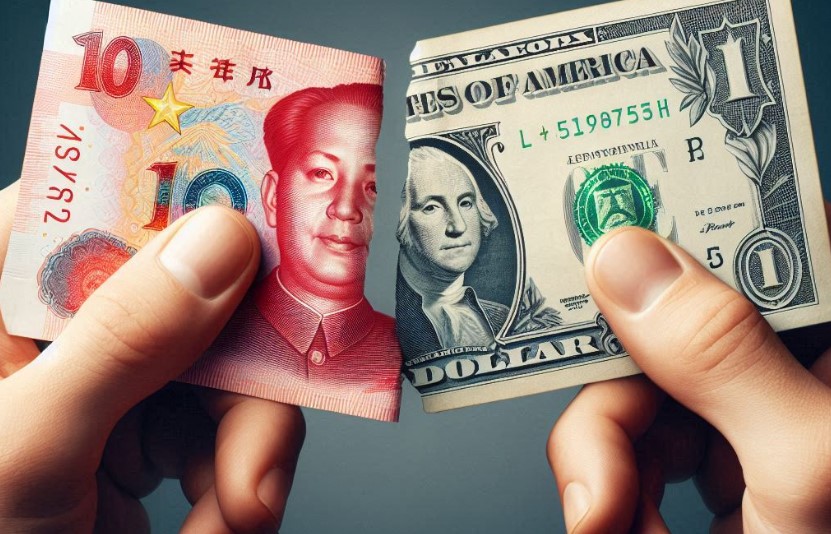26 Eurasian countries make up the SCO, including main members and partners.
The Secretary General of the SCO said that they seek the formation of a new world order.
The Shanghai Cooperation Organization (SCO) has decided to follow the path marked by the BRICS alliance, now that it has ten member countries, fourteen partners and is advancing in its de-dollarization process, focusing on the creation of a unified payment system for facilitate trade between its members.
This move is part of a broader effort to increase the participation of local currencies in trade agreements between member states. This was recently detailed by the Secretary General of the SCO, Zhang Ming, who said that the Eurasian organization seeks to facilitate trade and reduce dependence on the US dollare, to promote the free circulation of goods, capital, technology and services within its region.
The SCO itself, which currently includes Belarus, India, Iran, Kazakhstan, Kyrgyzstan, China, Pakistan, Russia, Tajikistan and Uzbekistan, as well as fourteen dialogue partners, seeks to foster an environment of cooperation. However, Zhang stressed that the creation of a free trade zone is still unlikely in the near future.
The discussion, driven by the need to develop alternatives to dollarized economies, faces challenges and delaystaking into account that it dates back to the Samarkand summit that took place in 2022, where this objective was established, although for Ming is moving forward actively, as he pointed out to the Russian media Izvestia.
The Secretary General of the SCO indicated that work in this area is not simple, recognizing the difficulties of political coordination that members face in the face of a changing international landscape and interference tactics by non-member powers. The difficulties have also progress on de-dollarization for the BRICS alliance blockedwhose path appears complicated, given that resistance to the idea of a head-on clash with the West is a sign of internal differences in the group, as recently reported by CriptoNoticias.
Beyond the difficulties they are facing, the leaders of the SCO and also the BRICS, both with Russia and China among their main members, see dedollarization as a crucial phase to establish a new, more equitable and sustainable world order. As the world looks for alternatives to the use of the US dollar, these alliances of countries are positioned as relevant actors, opening a range of possibilities for new commercial and financial dynamics in the probably not so distant future.

Trading with dollars or de-dollarizing, what is more risky?
At the recent BRICS summit held in Kazan, Russia, the leaders of these nations shared their visions for the financial future, pointing to the need to explore alternatives to the dollar as a global reserve currency.
Russian President Vladimir Putin emphasized that although the dollar is not rejected, it is imperative to look for alternatives if its use continues to be restricted. “If we are prevented from working with him [el dólar]What do we have to do? We have to look for alternatives.”
The majority of the leaders of the member countries of these organizations express their concern when considering that the use of the dollar can become an obstacle due to the sanctions imposed by the United States.
For many countries, trading with dollars means having access to a robust economy and a stable platform for your transactions. However, the increasing implementation of unilateral sanctions by the United States has led affected nations to examine the risks of this dependence.
As BRICS countries seek mechanisms to reduce their dependence on the dollar, The concept of dedollarization has gained momentum. Many of these countries also see the creation of an alternative financial system as a way out of the possible collapse of the dollar or its devaluation due to the growing US national debt, which stands at almost $40 trillion in 2024. However, neither of these approaches is without risk.






Leave a Reply